Northern Ireland was one of the most photographed places in the world during the Troubles. It was a relatively easy destination for photojournalists from the UK, Europe and the US to travel to. When they arrived in Belfast they found what seemed, to their trained eye, to be a war zone replete with visual drama. Many had been to Vietnam and the southern states of the US. They knew what photographs of conflict zones looked like. So in Northern Ireland they caught bombs exploding.
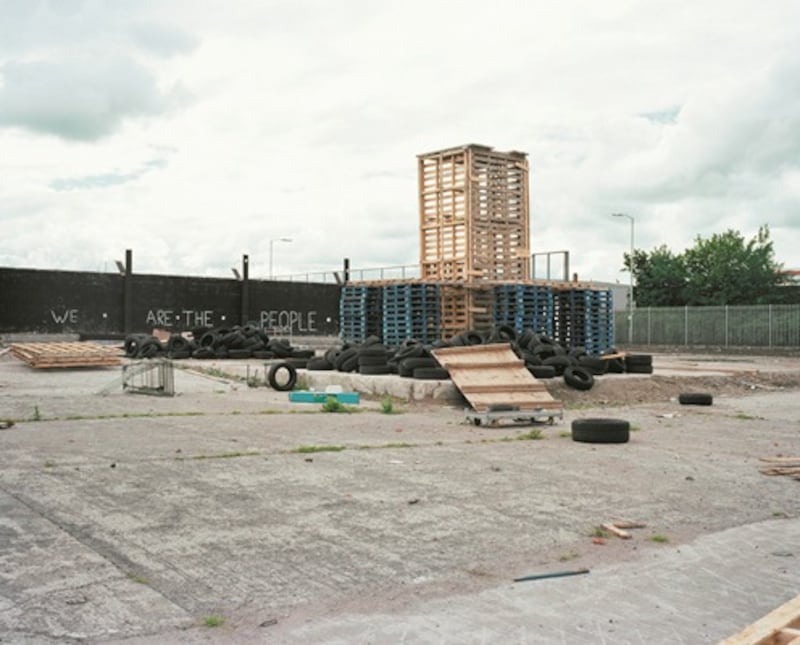
They snapped riots and rioters. They showed the police and the army caught in the middle of the hopelessly out of control violence. They photographed the children of the Troubles, who appeared either as helpless victims, or as kids who were terrifyingly indoctrinated with the sectarianism of their elders.
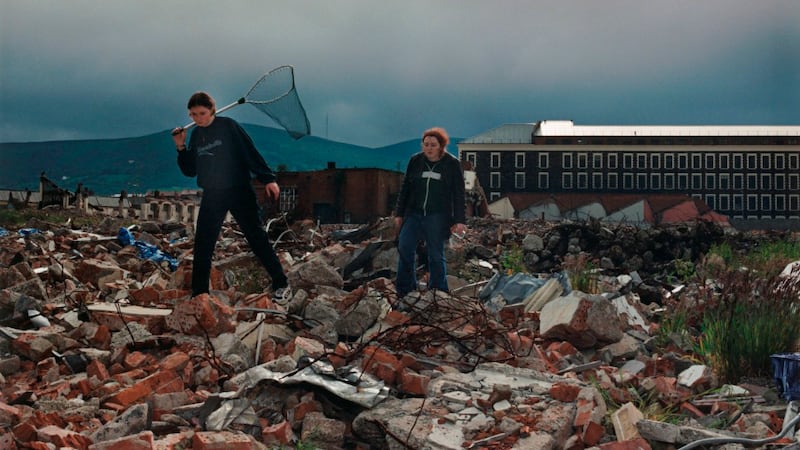
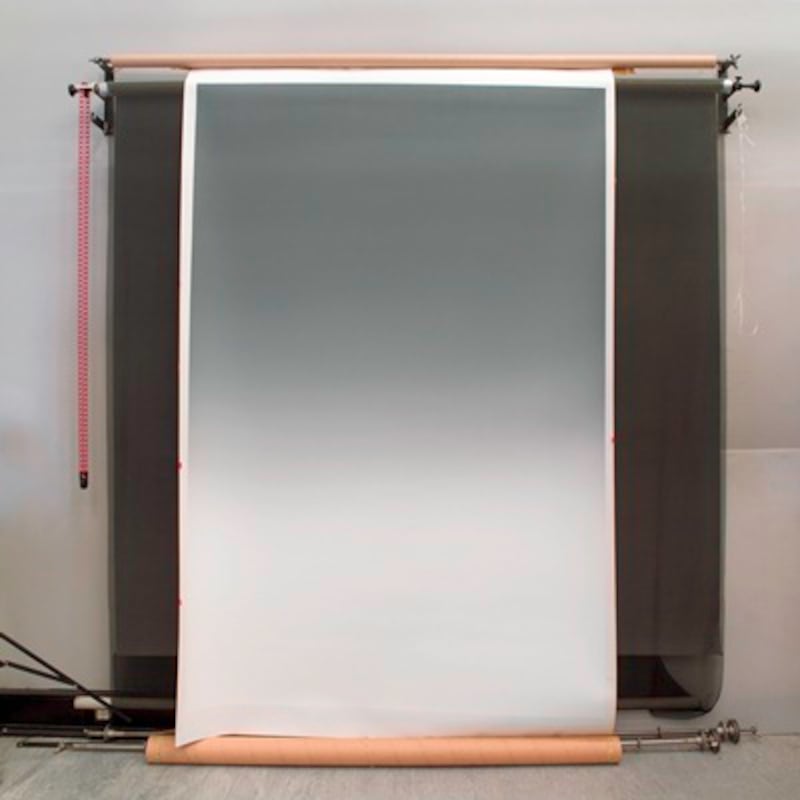
All of these were, of course, true pictures of the Troubles. But they were not the whole picture. While the mainstream media was saturated with images of violence, photographers living in Northern Ireland began to take things into their own hands. They too photographed the riots, but from the inside, and with a hurt knowledge that communal violence was happening in and to the place that they inhabited daily. Sean McKernan's photograph of the riot on the Falls Road following the release of the British solider Lee Clegg is, superficially, much like those that appeared for decades in newspapers and magazines. But in McKernan's image an intimate relationship with the place trumps the violence. This is very much a Peace Process riot. Plastic milk bottles have replaced Molotov cocktails and one is caught in mid-flight, hovering above the roof-tops. McKernan's is a domesticated and melancholy version of a riot photograph, an alternative to the melodrama of the mainstream press.
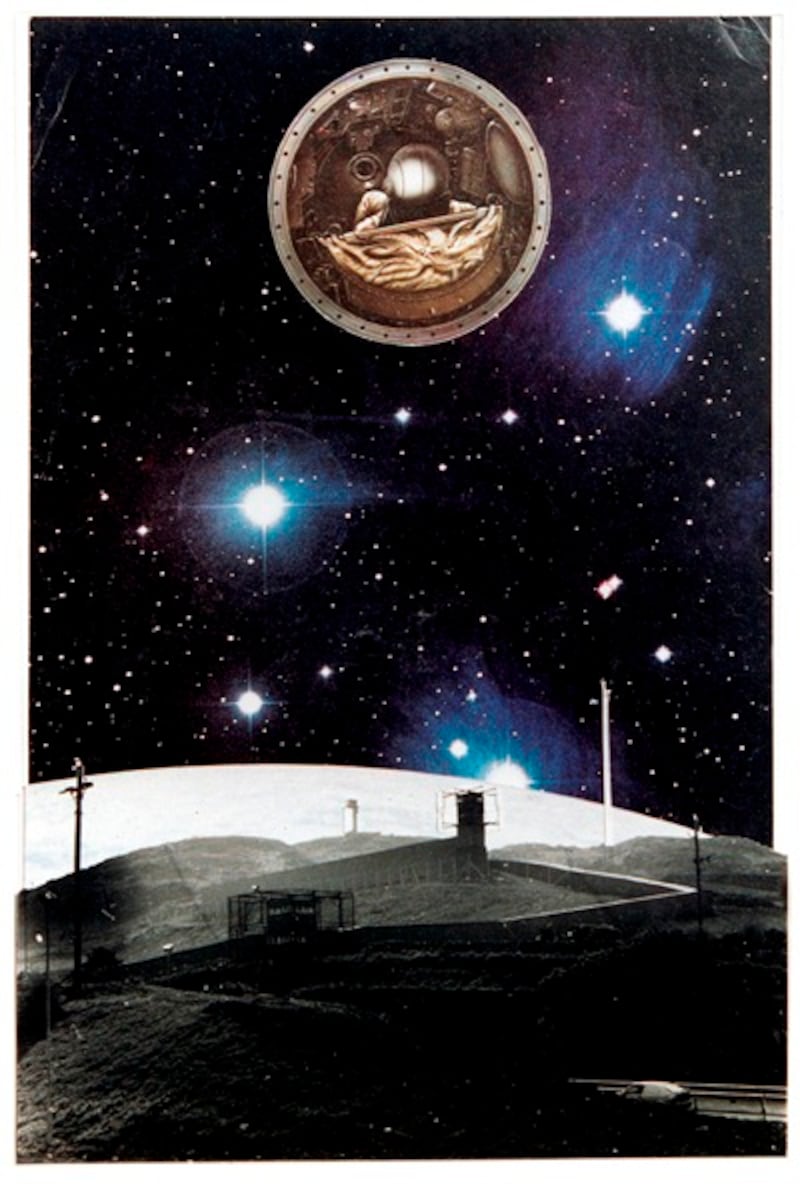
While McKernan and many others were using the techniques of photojournalism to produce an indigenous and more empathetic way of seeing Northern Ireland, another version of photography was also emerging. From the 1970s on, the art world was gradually beginning to accept that photography could be art as well as reportage. In Northern Ireland photographers emerged from that art tradition with a keen sense that photography could be used to examine their society in ways that were almost the opposite of how photojournalism worked. Instead of seeking out spectacular examples of Troubles violence, they looked at the ordinary and the everyday. Trying to visualise the long-lasting and deep psychological effects of the Troubles, they were more likely to turn to landscape photography rather than portraiture.

One of the pioneers of this art-photography mode was the Portadown-based artist Victor Sloan. His Belfast Zoo, III, from 1983, is the perfect example of how art and photography intersected to produce critical images of Northern Ireland. Here Sloan has photographed a chimpanzee behind the Perspex of its cage at the zoo at Bellevue, on Cavehill. The camera's flash deliberately highlights the Perspex and the graffitied 'IRA' scratched on to its surface. The Perspex itself is a reminder of army riot shields (much like the scarred shield which the soldier hides behind in Philip Jones Griffiths' evocative image from 1973). Over the photograph Sloan has painted waving lines of blue and red, as if trying to see whether the artistic and the painterly has any place in this allegoric landscape of violence and entrapment.
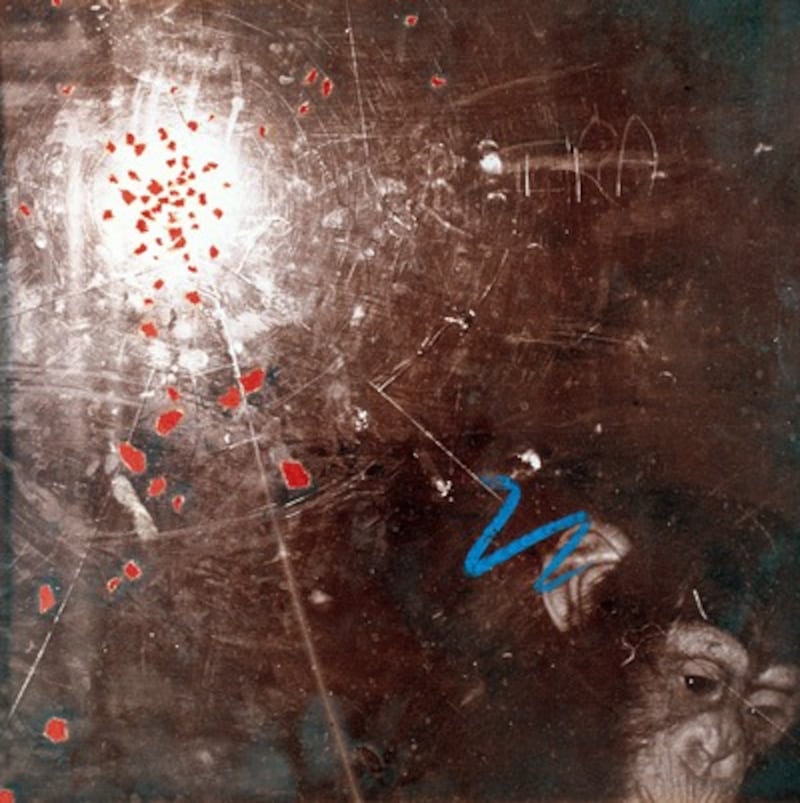
Photographers who came after Sloan used the same strategy of seeking out the traces left by the Troubles in unpromising landscapes. David Farrell visited the sites of the "Disappeared" during the searches undertaken for the bodies of the missing. The scarred landscapes he found hauntingly tell the stories of people who cannot be seen in the photographs. John Duncan's series of photographs of loyalist bonfires turns them into sculptural artefacts. But Duncan's images, also peopleless, ask us to think about what place these objects have in a future Northern Ireland. Singled out for scrutiny in this way, presented blankly and at a distance, Duncan's bonfires are typical of the best of contemporary Northern Irish photography because they use the photographic image to think and not just to show.
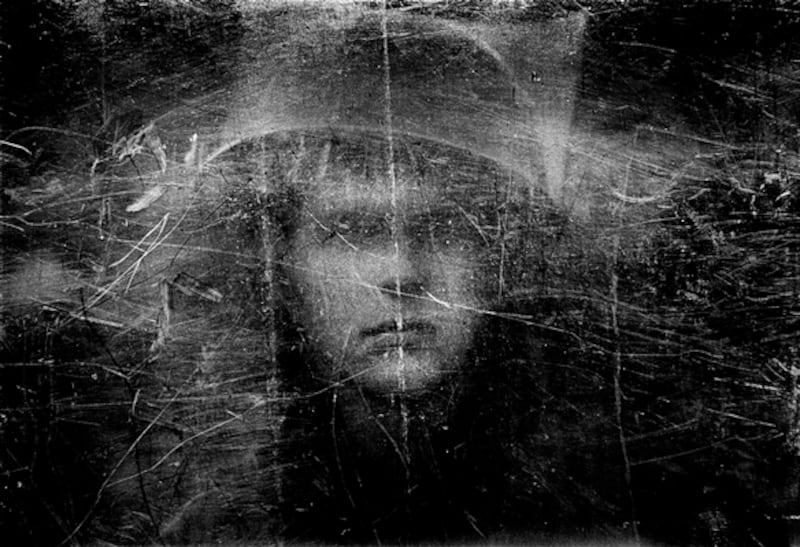
Northern Ireland: 30 Years of Photography is an attempt to capture the thoughtfulness and intelligence of the wealth of fine-art photography that has been produced in Northern Ireland in the last 30 years. The book catalogues photographic work that is largely designed to be shown in art galleries and in photobooks. It is photography that retains a documentary mode and so remains linked to "real life". It still photographs things that are actually there. But it does that with the awareness that we learn more by looking beyond the surface drama of the Troubles and its aftermath. If we look long enough, and with a critical eye, deeper truths and more profound understandings will be uncovered.
Northern Ireland: 30 Years of Photography, edited by Colin Graham and Karen Downey, is published by Belfast Exposed (£30). Colin Graham lectures in English at NUI Maynooth















